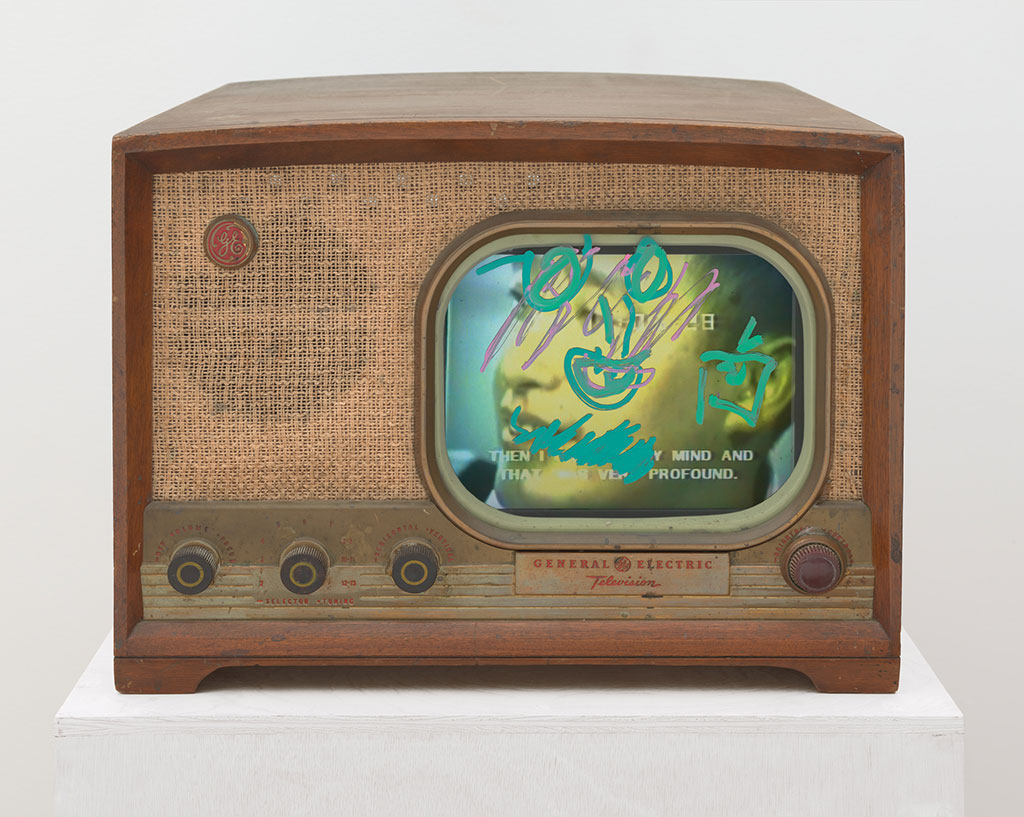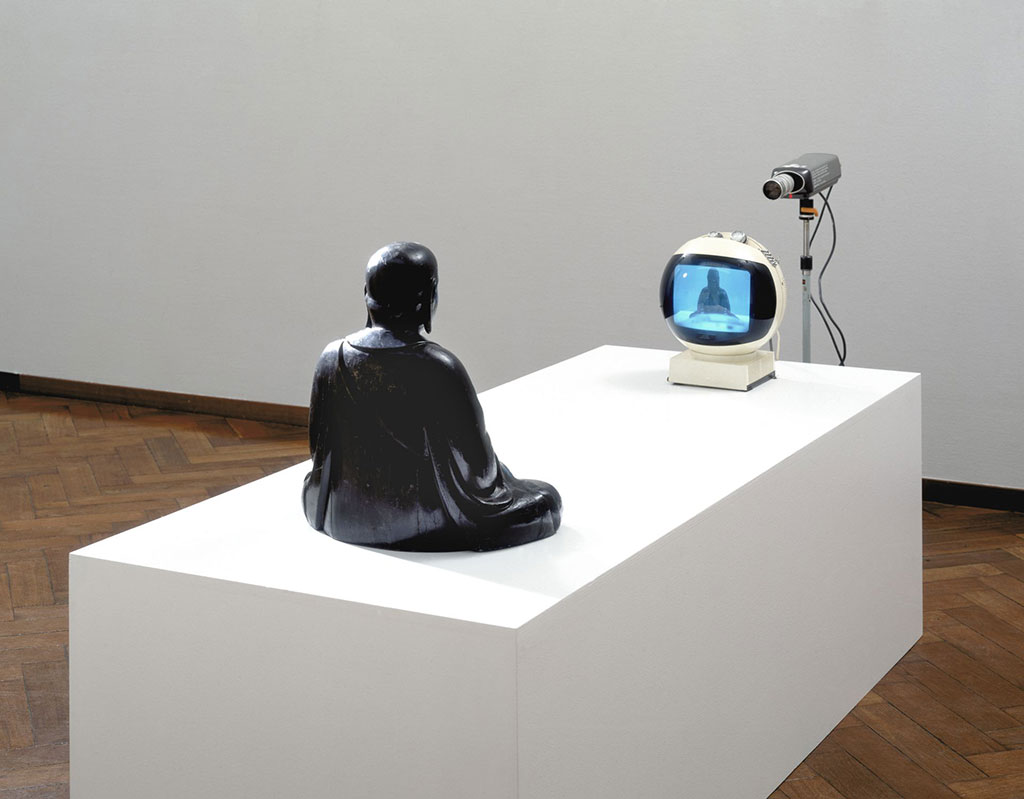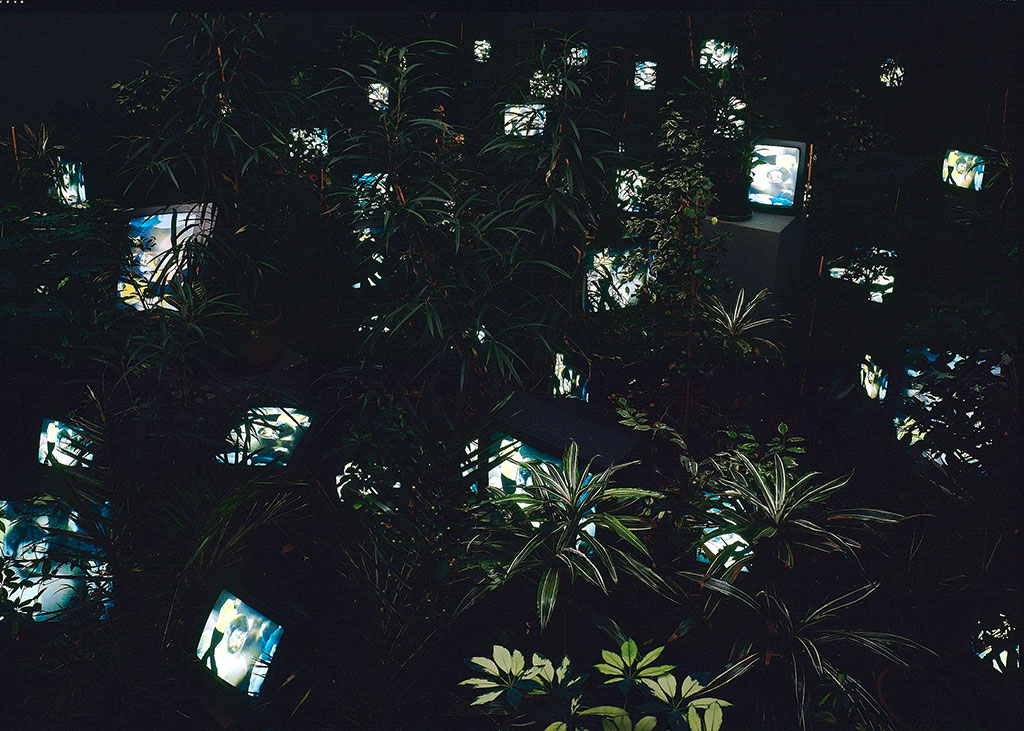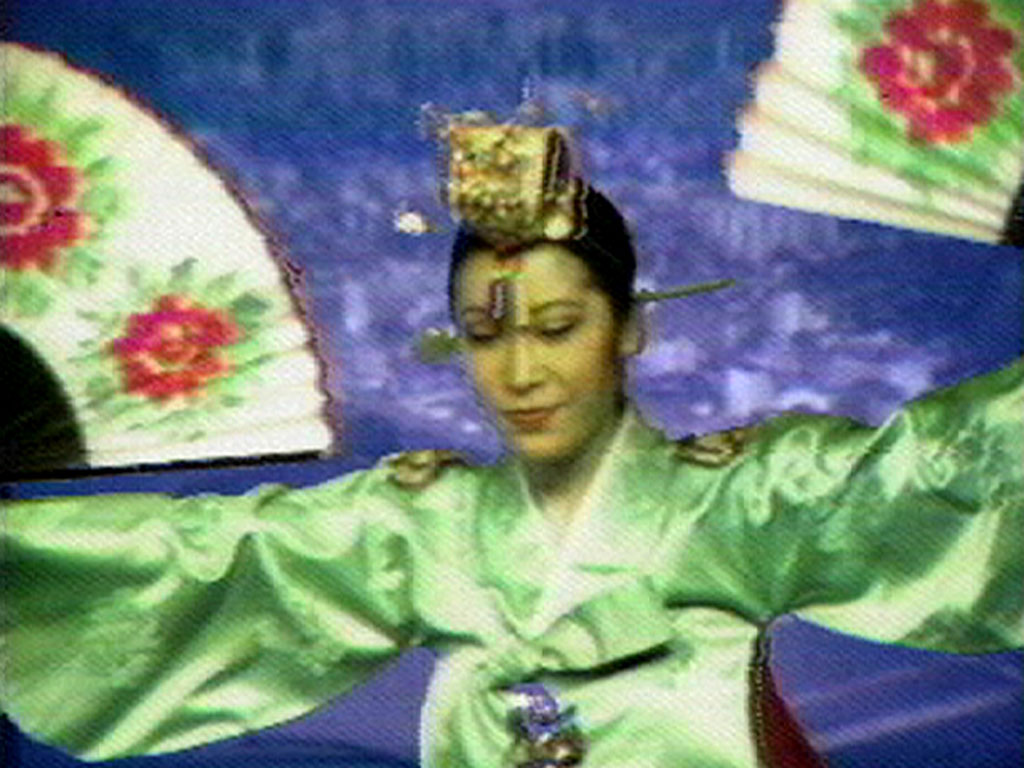ART-PRESENTATION:Nam June Paik-The Future is Now
Nam June Paik, the pioneering video and installation artist, who was born in Seoul but lived and worked in Japan, Germany and the US, was one of the first artists to develop a coherent, often collaborative, practice investigating the potential of television and mass media at a time when electronic images were increasingly pervading the fabric of everyday life.
By Efi Michalarou
Photo: Stedelijk Museum Archive
Nam June Paik predicted the power of mass media to shape our lives. He introduced the term “electronic superhighway” to foretell the future of communication in an internet age. The exhibition “The Future is Now” tracks his artistic career over five decades, through large-scale installations, such as “TV Garden” and “Sistine Chapel”, video sculptures, modified television sets, and his early musical scores and robots. Always innovative, his work encompassed a variety of artistic genres, from sculpture and performance to music and live broadcasting. A frequent collaborator, he worked internationally with artists, performers, and specialists from different disciplines. The exhibition highlights his collaborations with other artists such as composer John Cage, choreographer Merce Cunningham, cellist Charlotte Moorman and artist Joseph Beuys. Paik had a long relationship with the Stedelijk Museum: already in 1977 he had his first solo exhibition here. A year later his seminal work “TV-Buddha” (1974) was acquired by the Museum, in which an 18th Century wooden Buddha appears to ‘watch’ itself on a modern television, and typifies the influence of (Zen) Buddhist philosophies on Paik’s approach to art and technology. “TV Garden” (1974-77) is one of his seminal installations, illustrates Paik’s profound grasp of technology’s capacity for composition and the new aesthetic discourse that he helped to create. To enter the piece is to experience an uncanny fusion of the natural and the scientific, as hidden amid an undergrowth of live plants are video monitors of various sizes. All are playing the artist’s 1973 collaboration with John J. Godfrey, “Global Groove”, which montages performers from around the world into a gyrating visual mix, and the videotape’s sound track serves as musical and spoken counterpoint to the monitors’ flickers of light. “TV Garden” set a new standard for immersive, site-specific video installations. “This is a glimpse of the video landscape of tomorrow, when you will be able to switch to any TV station on the earth, and TV Guide will be as fat as the Manhattan telephone book”, so begins “Global Groove”, a seminal work in the history of video art. This radical manifesto on global communications in a media-saturated world is rendered as an electronic collage, a sound and image pastiche that subverts the language of television. With surreal visual wit and an antic neo-Dada sensibility, Paik brings together cross-cultural elements, artworld figures and Pop iconography. Pepsi commercials appropriated from Japanese television are juxtaposed with performances by” John Cage, Merce Cunningham, Allen Ginsberg and the Living Theatre; dancers moving in a synthesized, colorized space to Mitch Ryder’s “Devil with a Blue Dress On” are intercut with traditional Korean dancers. Charlotte Moorman, her image wildly synthesized, plays the “TV Cello”; Paik and Moorman play the “TV Bra for Living Sculpture”; Richard Nixon’s face is distorted by a magnetically altered television. In an ironic form of interactive television, Paik presents “Participation TV” in which he instructs viewers to open or close their eyes. Paik subjects this transcultural, intertextual content to an exuberant, stream-of-consciousness onslaught of disruptive editing and technological devices, including audio and video synthesis, colorization, ironic juxtapositions, temporal shifts and layering , a controlled chaos that suggests a hallucinatory romp through the channels of a global TV. With its postmodern content, form and conceptual strategies, “Global Groove” stands as a seminal statement on video, television and contemporary art. “Sistine Chapel” (1993), for which Paik received the prestigious Golden Lion at the Venice Biennale in 1993, is a large-scale installation comprised of 40 video projectors beaming overlapping images of graphics and noted personalities, including Joseph Beuys and Janis Joplin, in rapid-fire succession.
Info: Curator: Leontine Coelewij, Stedelijk Museum, Museumplein 10, Amsterdam, Duration: 14/3-23/8/20, Days & Hours: Mon-Thu & Sat-Sun: 10:00-18:00, Fri 10:00-22:00, www.stedelijk.nl
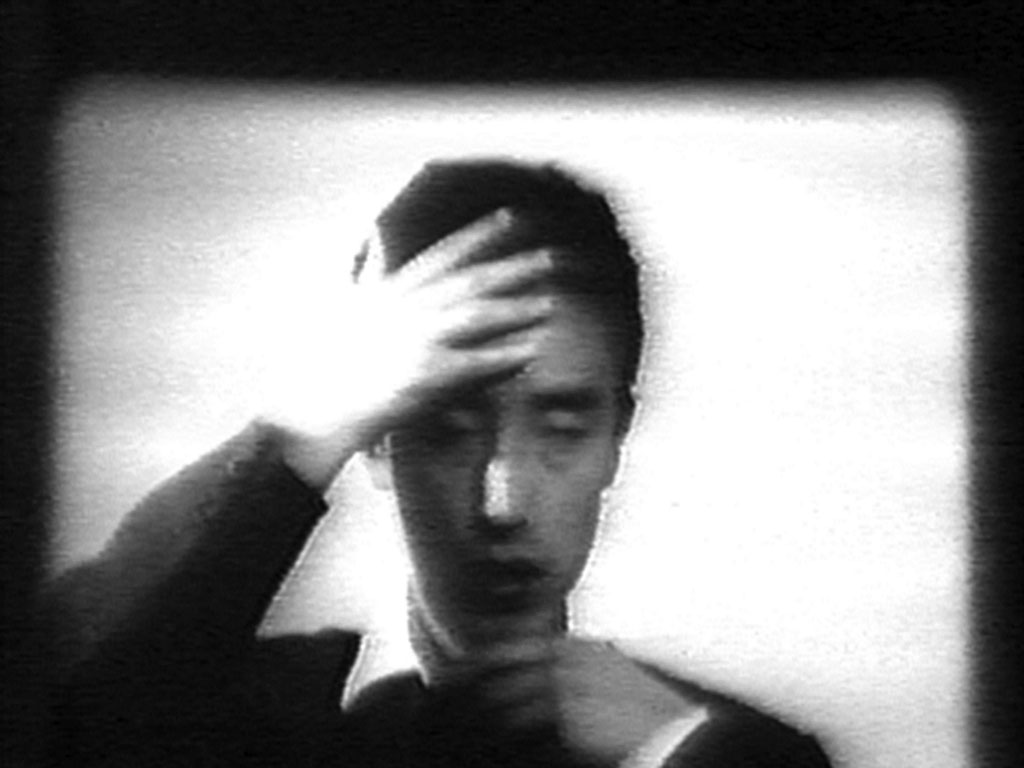
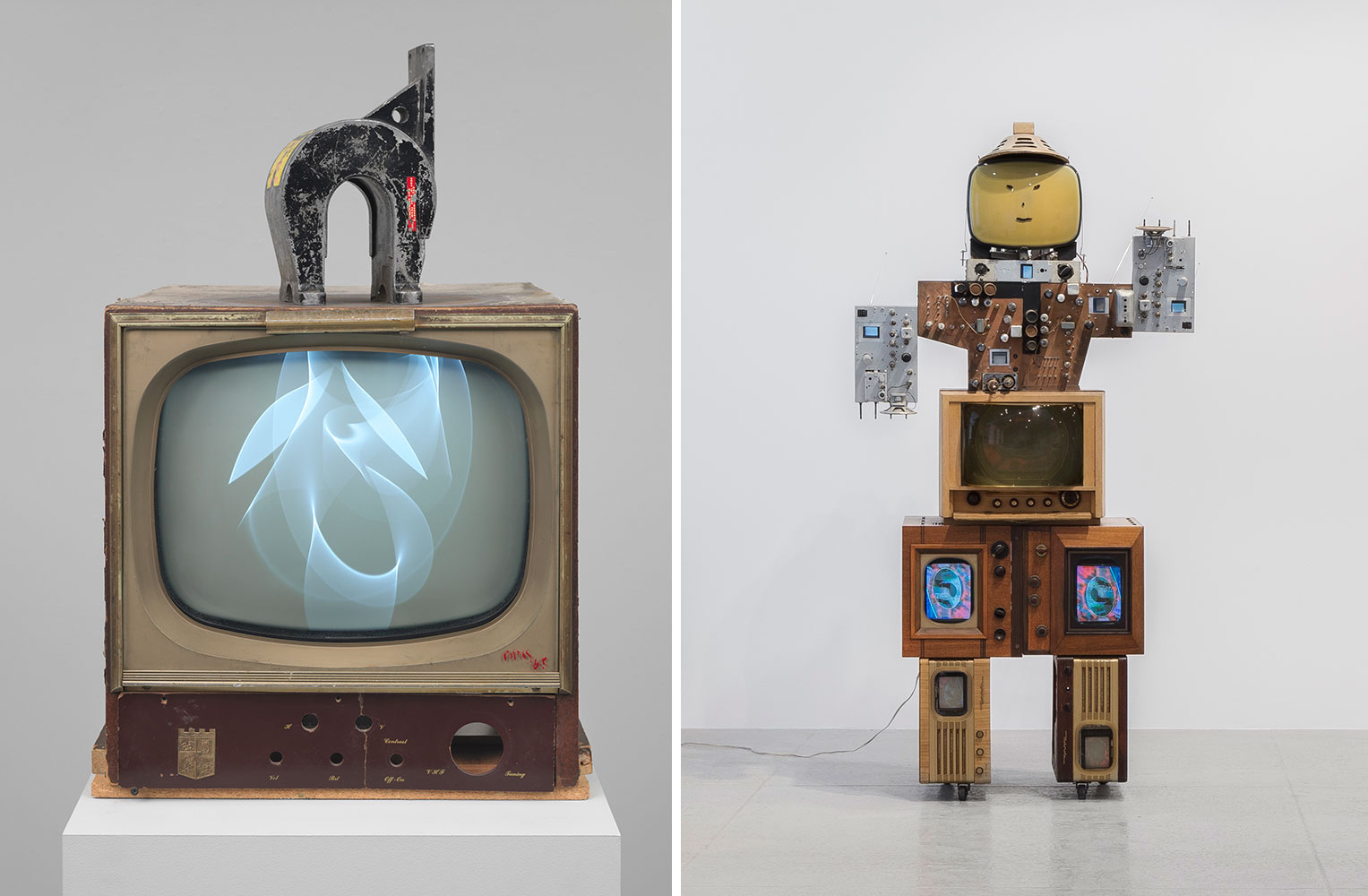
Right: Nam June Paik, Uncle, 1986, Private Collection. Courtesy of Hauser & Wirth. © The Estate of Nam June Paik
